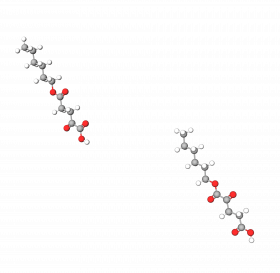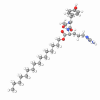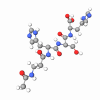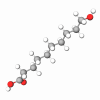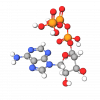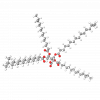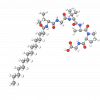Glutaprol is an ester of hexyl alcohol with α-Ketoglutaric acid, a natural cofactor in the hydroxylation of proline in the cell. Proline is a key component of collagen fibers and its sufficient hydroxylation is essential for the successful completion of synthesis and the subsequent correct conformational arrangement of the entire collagen fiber.
Mechanism of action
Over time, the cells of aging skin generally lose their viability and synthetic efficiency, manifested by the reduced production of necessary materials. This decrease in efficiency also applies to the hydroxylation of proline during the intracellular phase of collagen synthesis. As a consequence, the old cells produce less collagen, and less efficiently.
Following the in vitro application of Glutaprol, a significant increase in the amount of collagen produced was observed. Since scientists did not record an adequate increase in mRNA for collagen, they assume that Glutaprol has a procollagen effect on the level of support for the hydroxylation of collagen proline.
This improves production efficiency, while the rate of synthesis remains unchanged. This hypothesis is supported by the fact that, in young fibroblasts with higher metabolic activity, Glutaprol was not found to have a significant procollagen effect, probably due to the preferential utilization of Glutaprol in energy metabolism.Ingredients
Is there proof of efficacy for Glutaprol?
It has been tested on volunteers to check the wrinkle reduction and elasticity improvement efficiency:
Wrinkles: In-vivo efficacy
Glutaprol has been shown to have a significant effect on both the scale and depth of wrinkles. Four weeks' application of a cream containing 0.01% Glutaprol in a group of volunteers aged between 28 and 46 years was found to reduce wrinkles by 60%.
